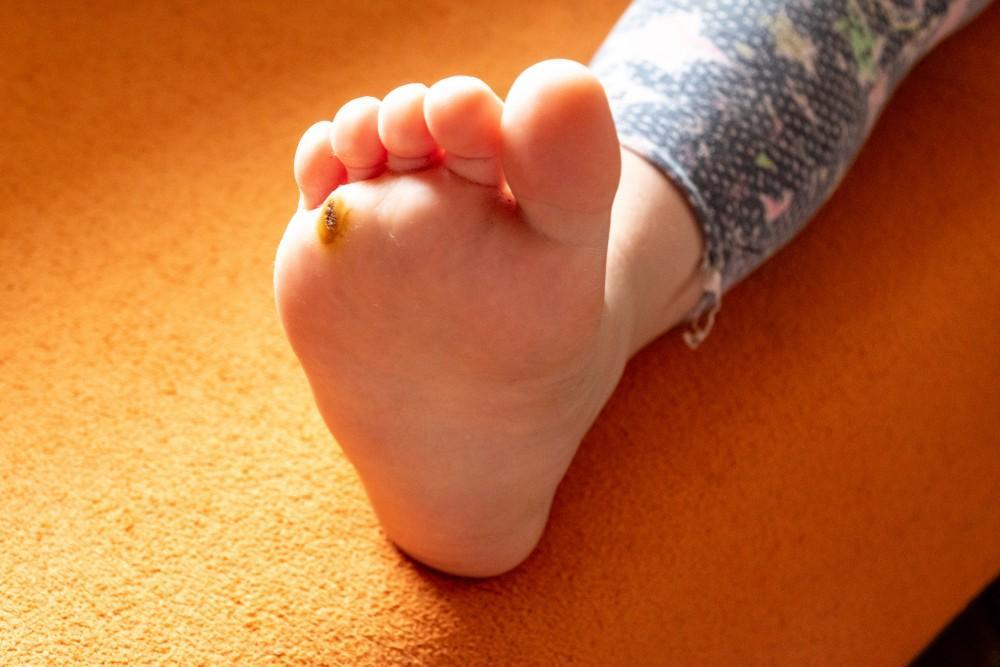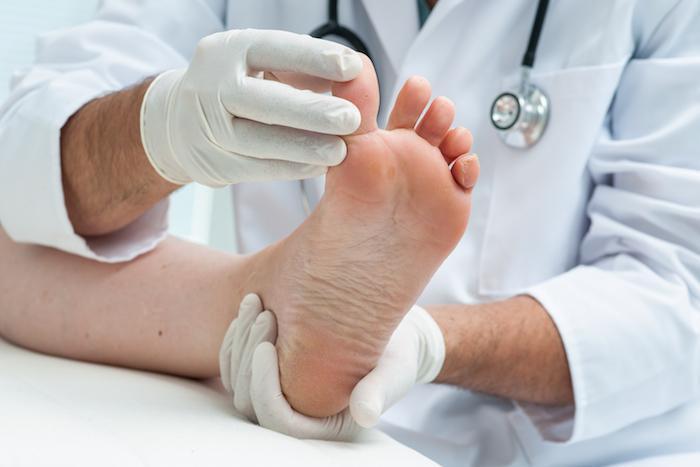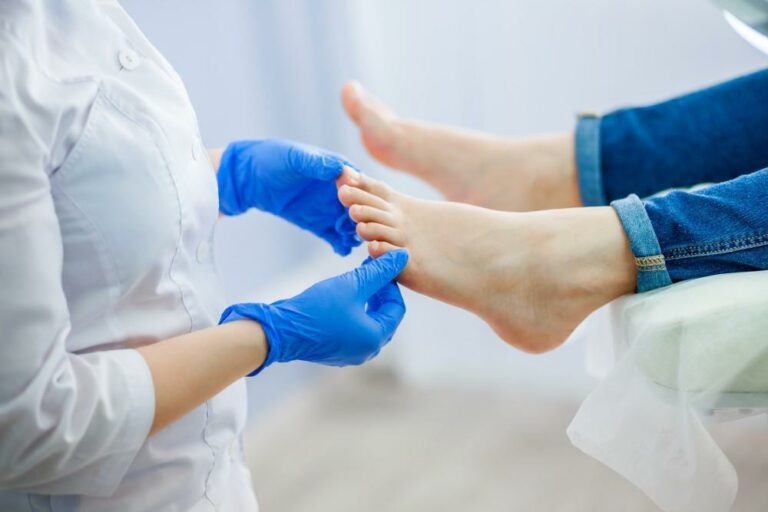Anyone can get plantar warts, but children and teens have a higher chance of getting them than adults. Plantar warts are caused by a virus and affect the soles of the feet.
Prevention is your best bet when it comes to plantar warts. However, once you notice a plantar wart, it’s important to get to the podiatrist for treatment. In this blog, the providers at Great Lakes Foot and Ankle Institute explain how to prevent and treat plantar warts in children and teenagers.
Plantar warts 101
Plantar warts typically occur on the weight-bearing parts of the foot, such as the heels or balls of the feet. Plantar warts are most often caused by a form of the human papilloma virus (HPV), although the virus is not sexually transmitted like other forms of HPV. The virus enters the foot through tiny cuts or cracks in the skin.
While children and teens are at the greatest risk of developing plantar warts, others can be at risk as well, including people with diabetes and those with compromised immune systems.
How to identify plantar warts
Early signs of a plantar wart appear when the weight-bearing parts of the foot begin to form a hard callus. Your child may complain of pain, especially when standing or wearing tight shoes.
As the roots of the plantar wart grow inward, you may notice what looks like black specks in the center of the wart. These are actually tiny blood vessels.
How to prevent plantar warts
The virus that causes plantar warts is spread easily in dark, moist environments. This includes locker rooms and areas around pools, especially indoor pools. Your child will have a better chance of not coming in contact with the virus in these environments by wearing shoes, such as flip-flops, and keeping their feet dry.
In addition, plantar warts can spread to other parts of the feet. Therefore, they shouldn’t use certain tools, such as emery boards, on both their plantar wart and on the healthy parts of their feet.
Treating plantar warts
When you bring your child to Great Lakes Foot and Ankle Institute, we’ll give their condition a thorough examination and recommend a treatment based on the severity. One option is cryotherapy with liquid nitrogen. With this treatment, we use liquid nitrogen — which is extremely cold — to destroy the wart. Another option is pulsed-dye laser treatments. With this treatment, concentrated beams of light destroy targeted blood vessels without harming the surrounding skin.
If your child has plantar warts, we can treat their condition and give them the relief they need. To learn more, book an appointment over the phone with Great Lakes Foot and Ankle Institute today.







